The Surge in Humanoid Robots: Attracting Talent, Capital, and Business Interest
![]() 02/20 2025
02/20 2025
![]() 382
382
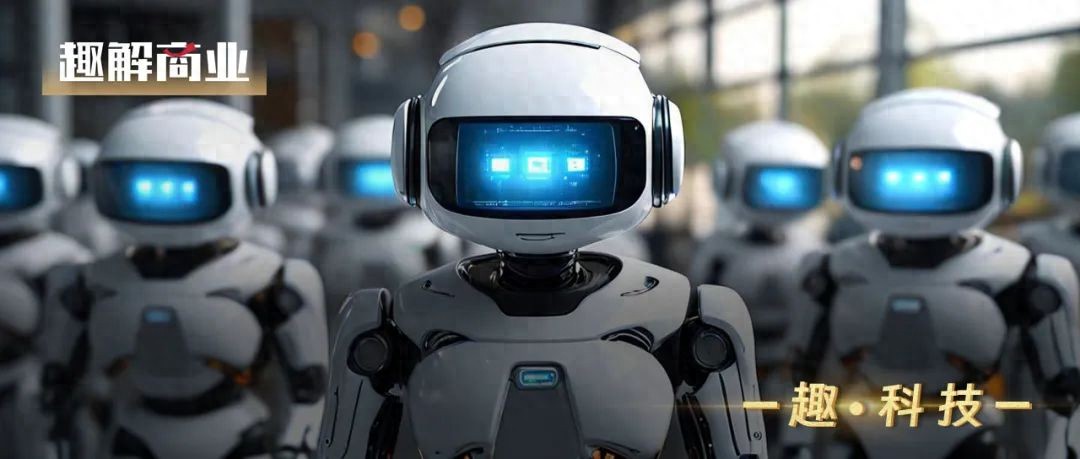
How close are humanoid robots to officially taking up their posts?
On February 19, the A-share index soared, with humanoid robots, DeepSeek concepts, and robot-related sectors leading the gains. Tonghuashun data revealed that, by the close, the humanoid robot sector had risen by 8.35%.
The humanoid robot industry has recently witnessed continuous favorable developments, with both large and small companies accelerating their layouts. Currently, there is a consensus within the industry that, based on the pace of industrial development, the humanoid robot industry is poised to enter its first year of mass production in 2025, with commercialization expected to explode in 2026.
However, despite these optimistic expectations, mass production of humanoid robots still faces significant hurdles in terms of 'cost' and 'technology'.
People, capital, and businesses are all flocking to the robot sector.
According to data from 'IT Juzi', there were 78 financing events in the field of embodied intelligence in 2024, totaling 9.189 billion yuan.
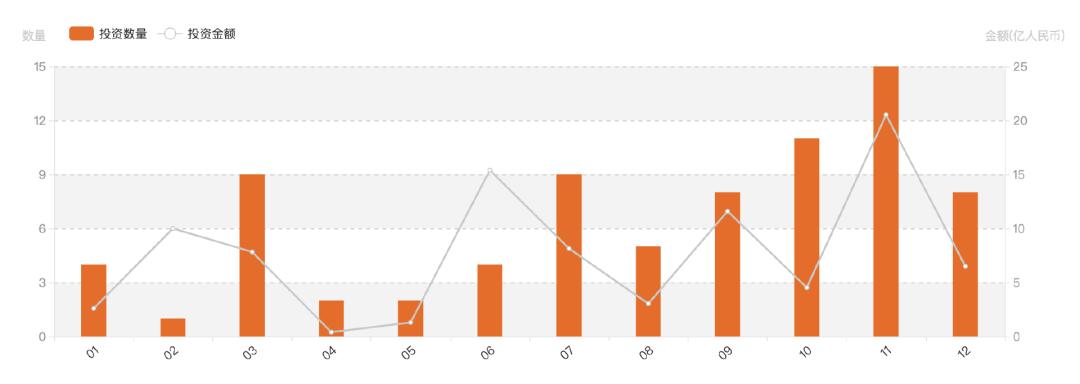
Image source: IT Juzi
A recent research report from CITIC Securities predicts that shipments of humanoid robots will exceed 10,000 units in 2025 and reach around 5 million units by 2030, with market demand rising to approximately 750 billion yuan.
On February 18, Wang Xingxing, CEO of Unitree Robotics, shared in an interview with CCTV News, 'Today, AI-driven robots are evolving at a pace faster than I anticipated, constantly surprising me. I personally believe that by the end of this year, the entire AI humanoid robot industry will reach a new level.'
According to 'Qujiexieshang', Unitree Robotics highlighted its biggest breakthrough in 2024 as the launch of the Unitree G1 humanoid agent in May, which became a hit with its ultra-low price of 99,000 yuan and has been continuously upgraded through reinforcement learning. Additionally, Unitree Robotics also introduced the second-generation fitness pump PUMP MAX and the second-generation 4D LiDAR in 2024, both outperforming their predecessors.

Image source: CanTouTuKu
Apart from vertical enterprises in the field of embodied intelligence, numerous 'cross-border players' are also venturing into the robot business, promising an even livelier robot sector in 2025.
For instance, Dreame, a prominent player in the smart cleaning field, made a splash at this year's International Consumer Electronics Show (CES 2025) with its comprehensive product ecosystem, with the sweeping robot equipped with a 'bionic multi-joint manipulator' stealing the show.
MagicLab, an embodied intelligent robot company invested and incubated by Dreame with in-depth cooperation, recently succeeded in developing its first-generation self-developed dexterous hand product, MagicHand S01, featuring 11 degrees of freedom, a hand load capacity of up to 5 kg, and a maximum operational load exceeding 20 kg. Furthermore, according to 'Qujiexieshang', MagicLab's humanoid robot MagicBot has been put into practical training in Dreame's smart factory, performing tasks such as product inspection, material handling, part picking and placing, and scanning and warehousing, achieving a degree of collaboration between them. In the first quarter of this year, besides unveiling a new generation of MagicBot humanoid robot products, MagicLab will also achieve large-scale mass production and quickly implement gradual application in industrial and commercial service scenarios.
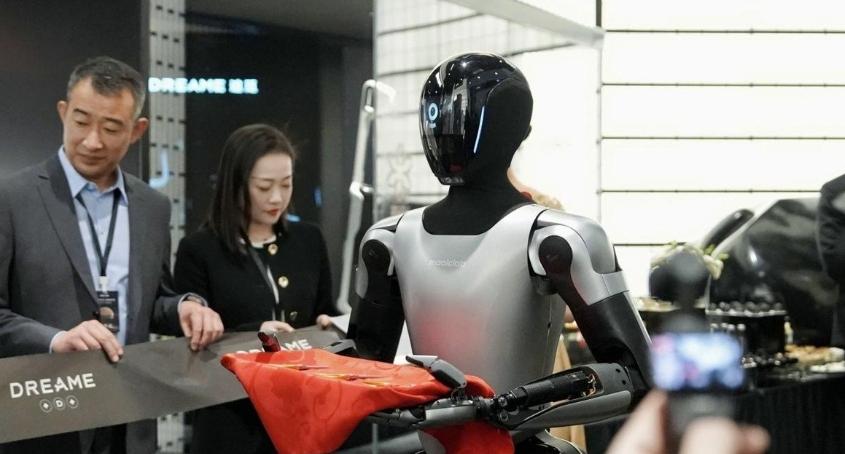
Image source: Weibo screenshot
Even Ant Group, the parent company of Alipay, has ventured into the robot field. Recently, a job recruitment platform revealed that Ant Group is opening positions for embodied intelligent humanoid robot systems and applications. In response, Ant Group officially stated, 'Ant Group registered and established Ant Lingbo Technology Co., Ltd. last year, focusing on embodied intelligent technology and product research and development. Ant Group is continuously expanding its layout and increasing investment in AI.'
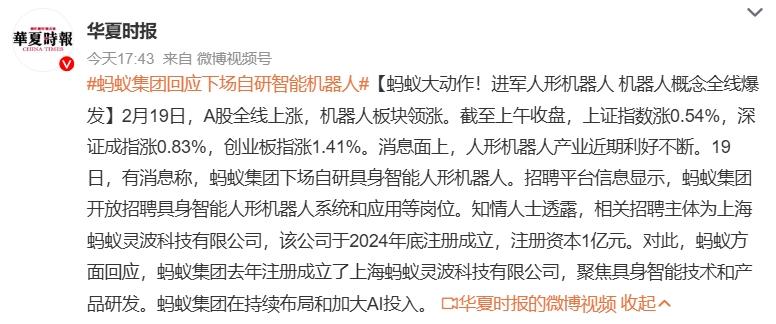
Image source: Weibo screenshot
It is evident that players from various fields have set their short-term goals on landing applications and mass production. So, what are the challenges in achieving large-scale mass production of humanoid robots?
Firstly, there is the technical hurdle. During a series of telephone conferences on humanoid robots, domestic top-tier R&D experts previously highlighted four technical pain points for mass production:
1. The integration of hand and leg hardware is challenging and requires higher peak loss power and driving capability.
2. Ensuring the stability of the leg walking algorithm is difficult, and a true human-like walking algorithm has yet to emerge in academia.
3. Achieving fine perception of the hand is complex, involving 21-26 degrees of freedom.
4. Algorithms for dual-arm coordination, hybrid intelligent control, and avoidance are intricate and require high-dimensional planning.
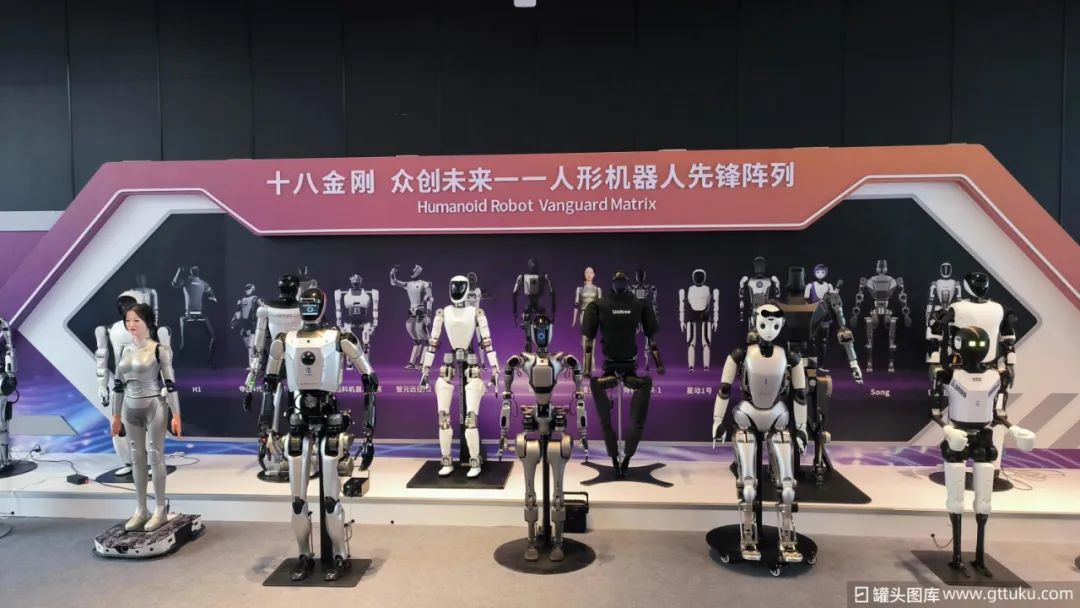
Image source: CanTouTuKu
Secondly, there is the cost aspect. Mass production of humanoid robots necessitates considering cost control of both software and hardware, and how to gradually amortize costs through economies of scale.
Many materials and components of humanoid robots require tailored design solutions. The high-precision motors required by intelligent agents differ in structure and material from commonly used motors, making it difficult to directly integrate standard components, thus complicating cost reduction.
Beneath the high costs and advanced technology, the real challenge of mass producing humanoid robots lies in striking a balance between technological advancement and mass production timelines.
Producing a very 'anthropomorphic' agent requires more time. Conversely, mass-producing a less 'anthropomorphic' one may not offer a significant competitive advantage over existing intelligent agents on the market. However, there is a time differential competition at play. The fear is that while some companies focus on research and development, enduring the solitude, competitors may already lead in mass-producing a low-configuration version to capture market share.
Therefore, it can be argued that the real challenge of mass producing humanoid robots is 'time'.
Similar to the commercialization path of all new technologies, humanoid robots must also navigate the process of industrialization-commercialization-domestication.
Initially, we saw humanoid robots 'screwing' in workshops, infiltrating from industrial scenarios. Today, they are on the path to commercialization.
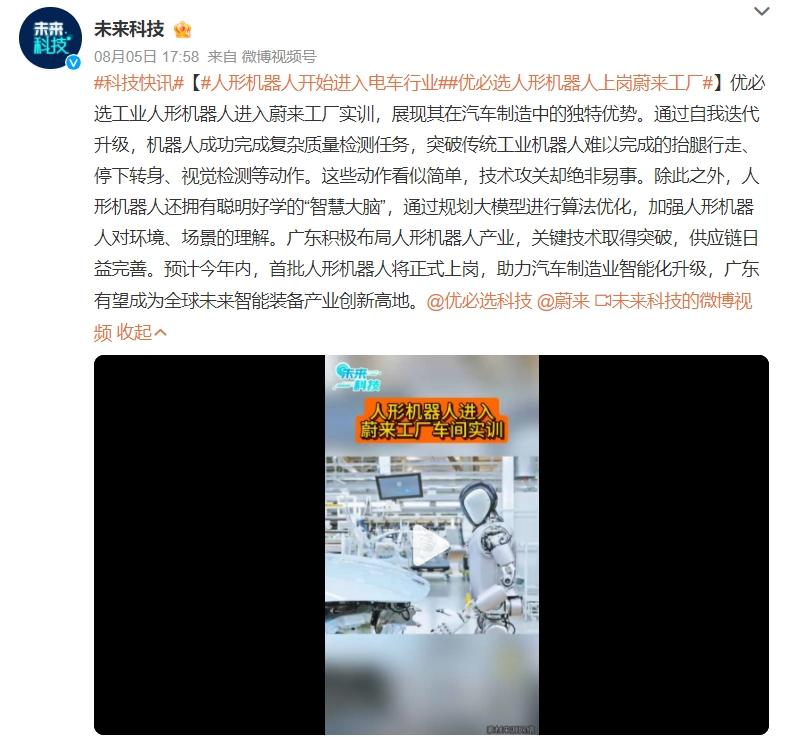
Image source: Weibo screenshot
In fact, long before Unitree Robotics performed the yangko dance on the Spring Festival Gala, robots had already infiltrated daily life, such as production robots on industrial assembly lines, electric cars with intelligent driving functions, or robot vacuum cleaners cleaning at this moment. These are all early products of embodied intelligence.
However, before the advent of generative AI, embodied intelligence products were characterized by single operation.
Taking industrial production as an example, assembly line work is repetitive and mechanical. Nonetheless, there are only 400 robotic arms in use for every 10,000 industrial workers in China, indicating a penetration rate of just 4%. The primary reason for the lower-than-expected penetration rate of robotic arms is that they cannot adequately meet the market demand for 'flexible production'. With the support of generative AI, upgraded intelligent agents can better adapt and self-learn, for instance, being more flexible on assembly lines and enabling 'flexible production' of smaller-scale and flexible accessories.
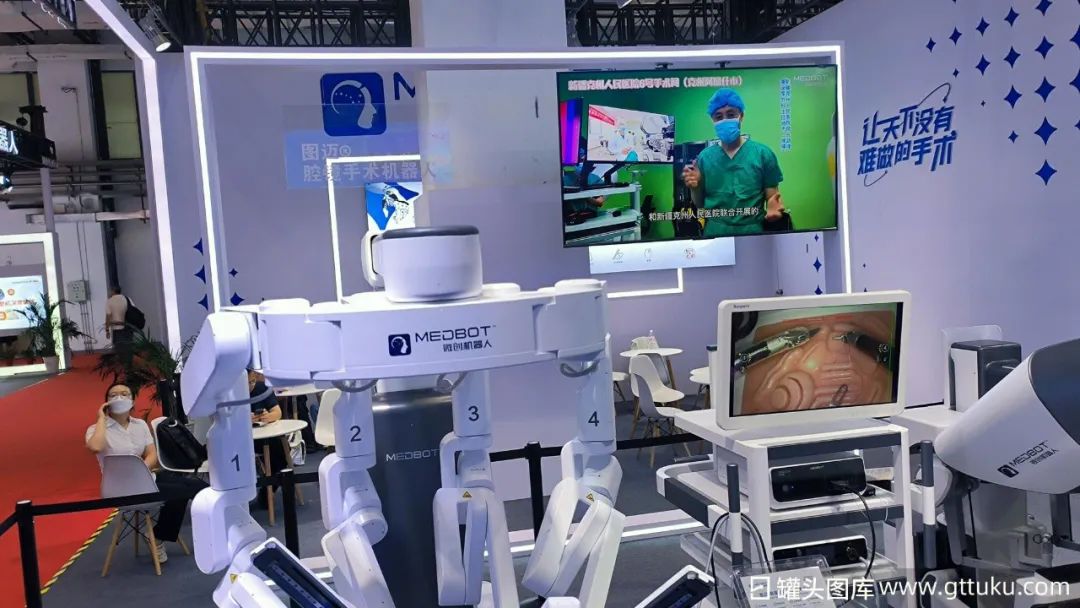
Image source: CanTouTuKu
Therefore, fields such as healthcare, industrial manufacturing, elderly care, and household services hold the most promise for the application of humanoid robots.
According to 'Qujiexieshang', for the application of humanoid robots in manufacturing scenarios, UBTECH has completed the first phase of its plan. From 2025 to 2027, UBTECH humanoid robots will gradually expand to medium-difficulty tasks, focusing on creating applications in 3-5 dedicated scenarios. With large-scale landing applications, product performance will be continuously improved, gradually achieving large-scale commercialization while continuously reducing the cost of humanoid robots and expanding horizontally to other industries and application scenarios such as consumer electronics manufacturing. From 2028 to 2033, UBTECH humanoid robots will further expand to more complex task scenarios, possessing over 10+ skills and becoming a multi-task general-purpose industrial humanoid robot.

Image source: CanTouTuKu
From an overall industry perspective, the current slow progress in the commercialization of humanoid robots is actually due to the unclear downstream market demand for humanoid robots. This is a common issue for the marketization of most high-tech products. Due to the extremely high requirements of high-tech products for technological innovation, the resulting products that meet these requirements are often too expensive, forcing midstream manufacturers to launch cheaper versions.
Moreover, the application of humanoid robots in unstructured scenarios is limited; due to insufficient versatility, they cannot flexibly respond to emergencies. The key to the commercialization of humanoid robots lies in identifying urgent and precise scenarios. Judging from the current situation, industrial scenarios under high-end manufacturing demand and daily life scenarios under the trend of population aging are those with the highest commercial value.
It is worth mentioning that due to the popularity of Unitree's humanoid robot on the Spring Festival Gala, the recently launched consumer-grade humanoid robot G1 priced at 99,000 yuan and the industrial-grade humanoid robot H1 priced at 650,000 yuan from Unitree quickly sold out and were removed from shelves after being listed on the JD.com platform. Regarding the pricing of robots, a Unitree Robotics staff member told 'Jiupai News', 'In the future, it won't be a big problem for quadruped robots to drop to 3,000-4,000 yuan, which can truly usher in the consumer era. Currently, a quadruped robot priced at 10,000 yuan is still a bit expensive for ordinary people.'

Image source: Weibo screenshot
Given the rapid development and price reduction trend of robots, in the future, robots will be able to provide significant assistance to a large number of users in diverse scenarios. However, there is still a long way to go before humanoid robots can truly replace some repetitive human labor. Nevertheless, humanoid robots are undeniably the future trend, and the winner will be the one who can lead in visualizing this promising 'story'.








